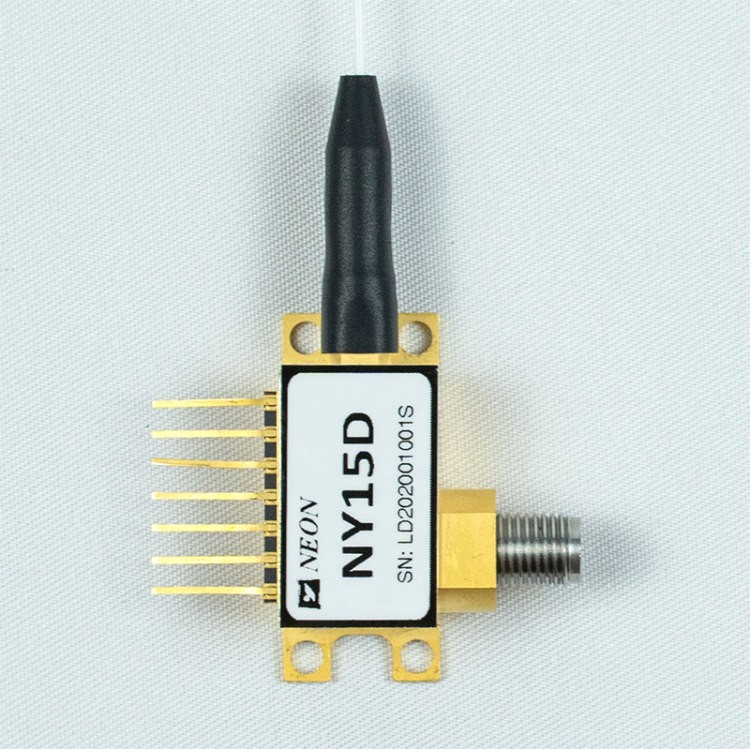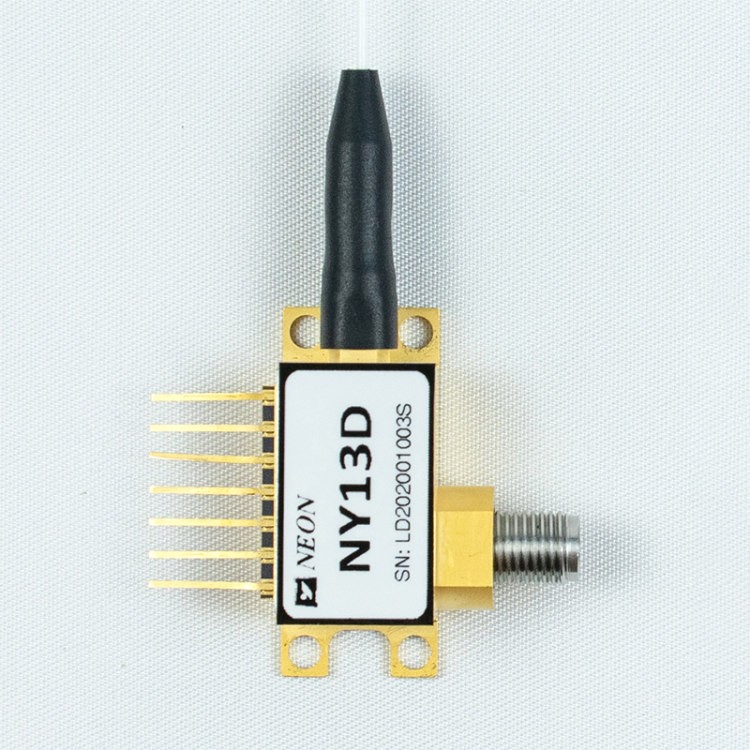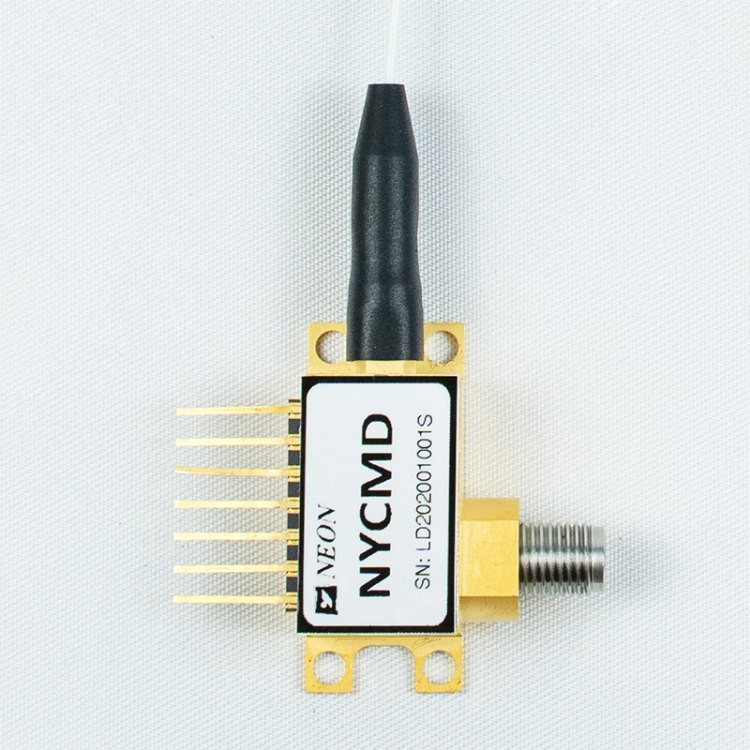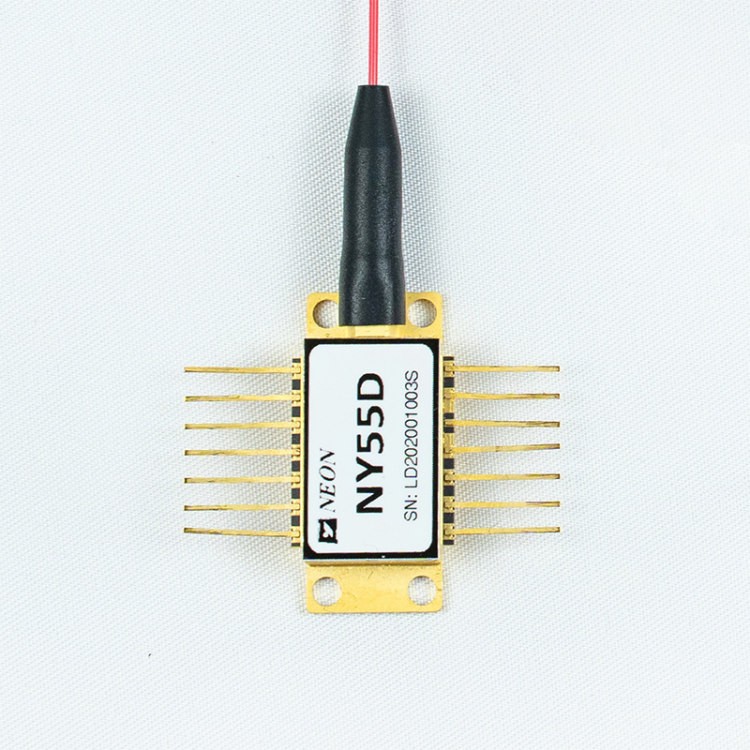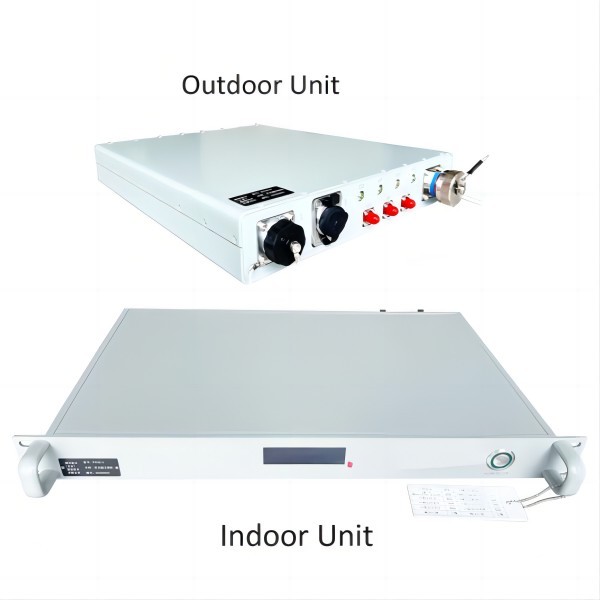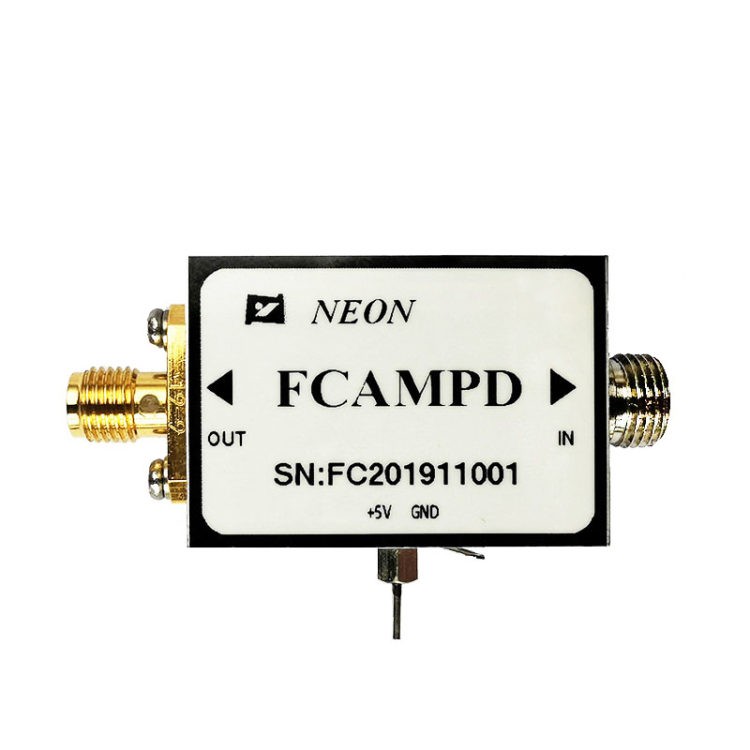DFB Lasers for Optical Communications, Sensing, and Medical Applications
Distributed feedback (DFB) lasers are a type of semiconductor laser that uses a corrugated grating to provide optical feedback. This grating allows DFB lasers to produce a single-frequency laser beam with a very narrow linewidth. DFB lasers are widely used in optical communications, sensing, and medical applications.

DFB Lasers for Optical Communications
Distributed feedback (DFB) lasers are a type of semiconductor laser that uses a periodic grating to provide feedback and achieve single-mode operation. DFB lasers offer a number of advantages for optical communications applications, including:
- Wavelength stability: DFB lasers have a very stable wavelength, which is important for long-distance optical transmission.
- Narrow linewidth: DFB lasers have a narrow linewidth, which allows for high-speed modulation and demodulation of the optical signal.
- High power: DFB lasers can be manufactured with a high power output, which is necessary for driving long-haul optical links.
- Cost-effectiveness: DFB lasers are relatively cost-effective, which makes them suitable for wide-scale deployment in optical communication networks.
- Long-haul optical transmission: DFB lasers are used in long-haul optical transmission systems to transmit data over hundreds or even thousands of kilometers.
- Metropolitan area networks (MANs): DFB lasers are also used in MANs to transmit data between different parts of a city or metropolitan area.
- Access networks: DFB lasers are used in access networks to provide high-speed broadband internet access to homes and businesses.
- Data centers: DFB lasers are used in data centers to interconnect servers and other equipment.
Latest Developments in DFB Laser Technology for Optical Communications
A number of recent developments in DFB laser technology have made them even more attractive for optical communications applications. These developments include:
- High-speed DFB lasers: DFB lasers capable of operating at speeds of up to 400 Gbps and beyond are being developed for next-generation optical communication networks.
- Monolithic DFB lasers: Monolithic DFB lasers, which are integrated with other optical components on a single chip, are being developed to reduce the size and cost of optical communication transceivers.
- Tunable DFB lasers: Tunable DFB lasers, which can be adjusted to different wavelengths, are being developed for use in wavelength-division multiplexing (WDM) optical communication systems.
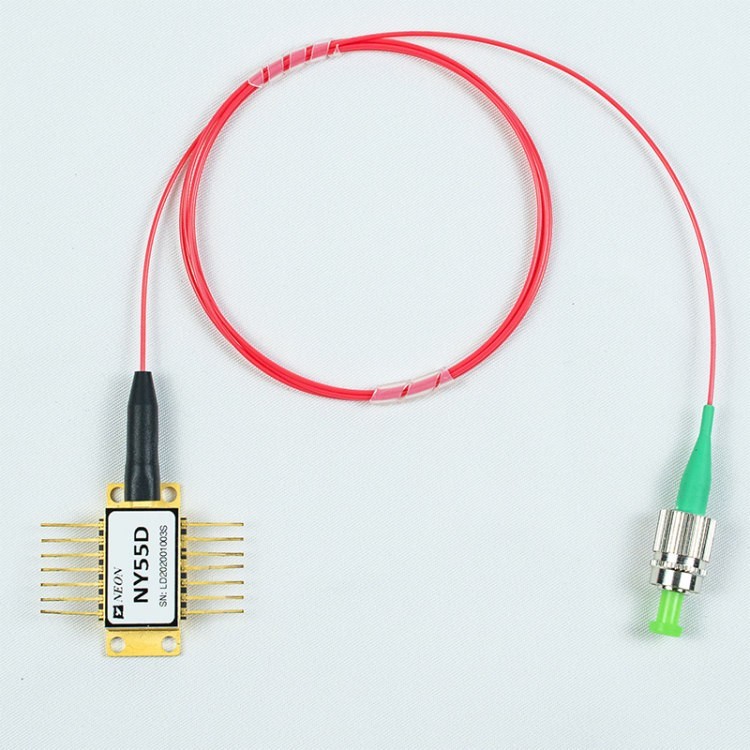
DFB Lasers for Sensing
DFB lasers are also widely used in a variety of sensing applications. DFB lasers are particularly well-suited for sensing applications due to their narrow linewidth and high wavelength stability.
Some of the different types of DFB lasers used for sensing include:
- DFB lasers for fiber optic sensing: DFB lasers are used in a variety of fiber optic sensing applications, such as gas sensing, strain sensing, and temperature sensing.
- DFB lasers for lidar sensing: DFB lasers are used in lidar sensors for applications such as 3D mapping, autonomous driving, and object detection.
- DFB lasers for spectroscopy: DFB lasers are used in spectroscopy applications to measure the chemical composition of materials.
Key Challenges and Opportunities in the Use of DFB Lasers for Sensing
One of the key challenges in the use of DFB lasers for sensing is developing DFB lasers with the required wavelength, linewidth, power, and stability for specific sensing applications.
Another challenge is developing DFB laser-based sensing systems that are cost-effective and easy to use.
Despite these challenges, the use of DFB lasers for sensing is growing rapidly. This is due to the growing demand for sensing technologies in a variety of industries, such as environmental monitoring, healthcare, and manufacturing.
DFB Lasers for Medical Applications
DFB lasers are also used in a variety of medical applications, including surgery, diagnosis, and therapy.
DFB lasers are used in surgery because they can be used to deliver very precise beams of light. This precision is important for many surgical procedures, such as laser eye surgery and laser cancer surgery.
DFB lasers are also used in diagnosis because they can be used to measure the properties of tissues and other biological materials. For example, DFB lasers are used in optical coherence tomography (OCT) to image the retina and other parts of the eye.
DFB lasers are also used in therapy to treat a variety of medical conditions. For example, DFB lasers are used in laser photodynamic therapy (PDT) to treat cancer.
Key Advantages of Using DFB Lasers in Medical Applications
DFB lasers offer a number of advantages for medical applications, including:
- Precision: DFB lasers can be used to deliver very precise beams of light, which is important for many surgical procedures.
- Minimally invasive: DFB lasers can be used to perform minimally invasive procedures, which can reduce patient recovery time.
- Effective: DFB lasers can be used to treat a wide range of medical conditions, including cancer, eye diseases, and skin diseases.
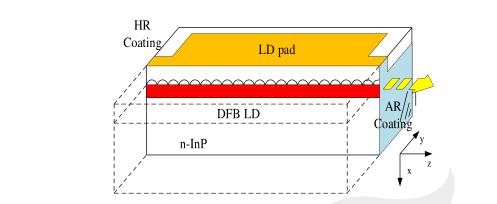
Conclusion
DFB lasers are versatile devices that are used in a wide variety of applications, including optical communications, sensing, and medical applications. The latest developments in DFB laser technology are enabling new and innovative applications in these and other fields.
DFB lasers are an important part of the modern world, and they play a vital role in many different industries and technologies. As DFB laser technology continues to develop, we can expect to see even more innovative and groundbreaking applications for these remarkable devices in the years to come.


